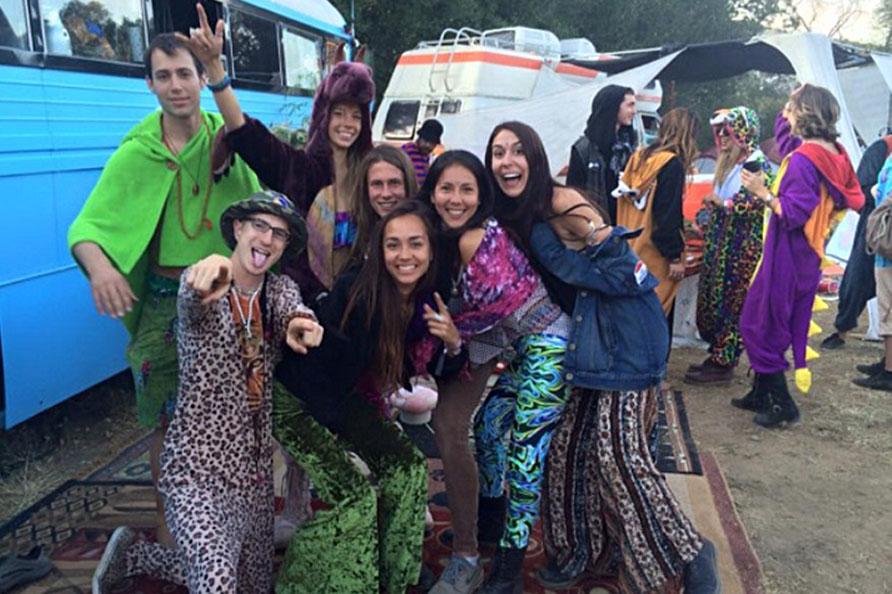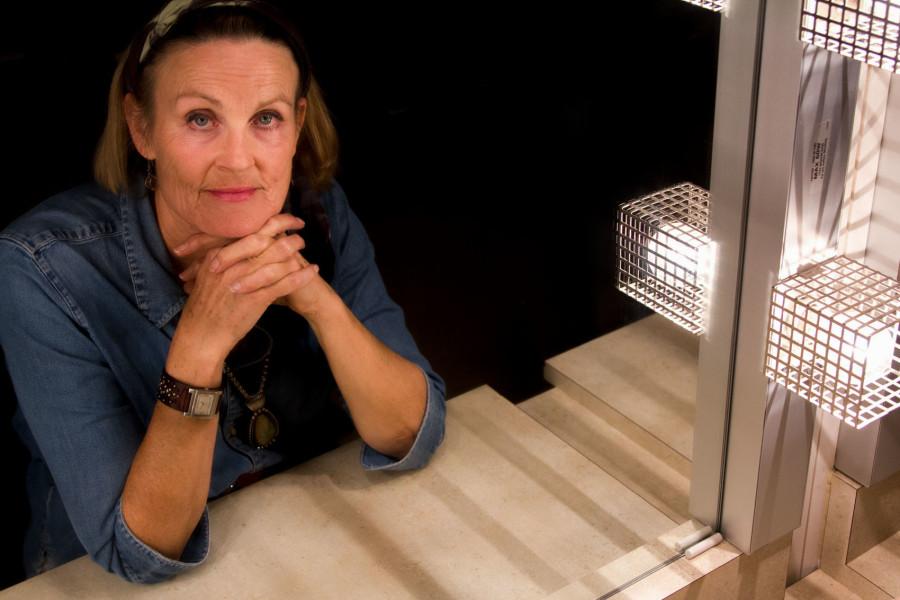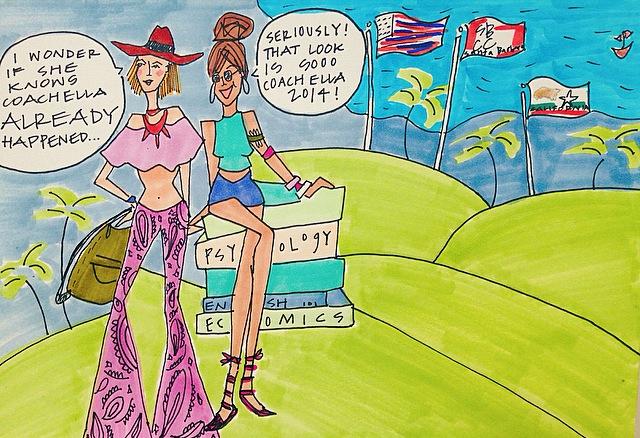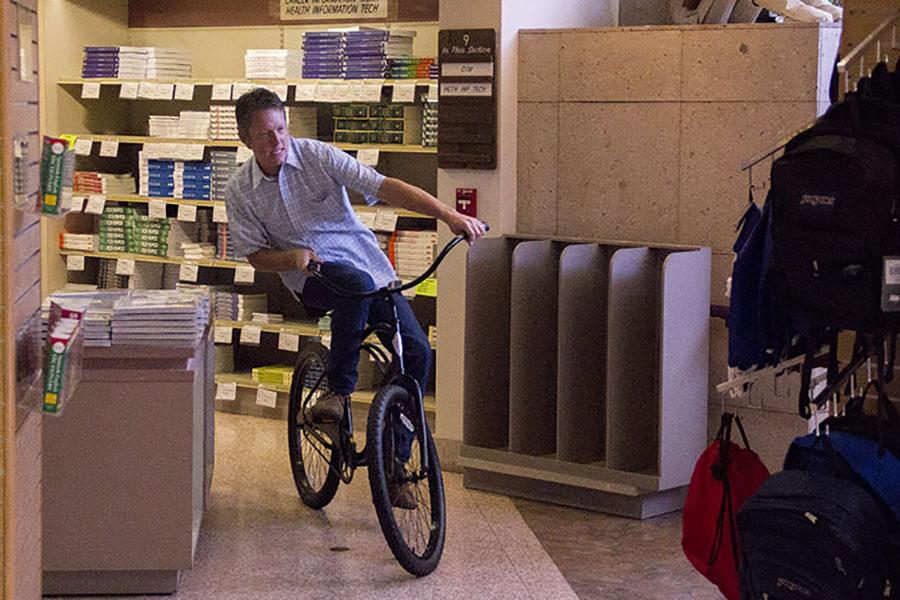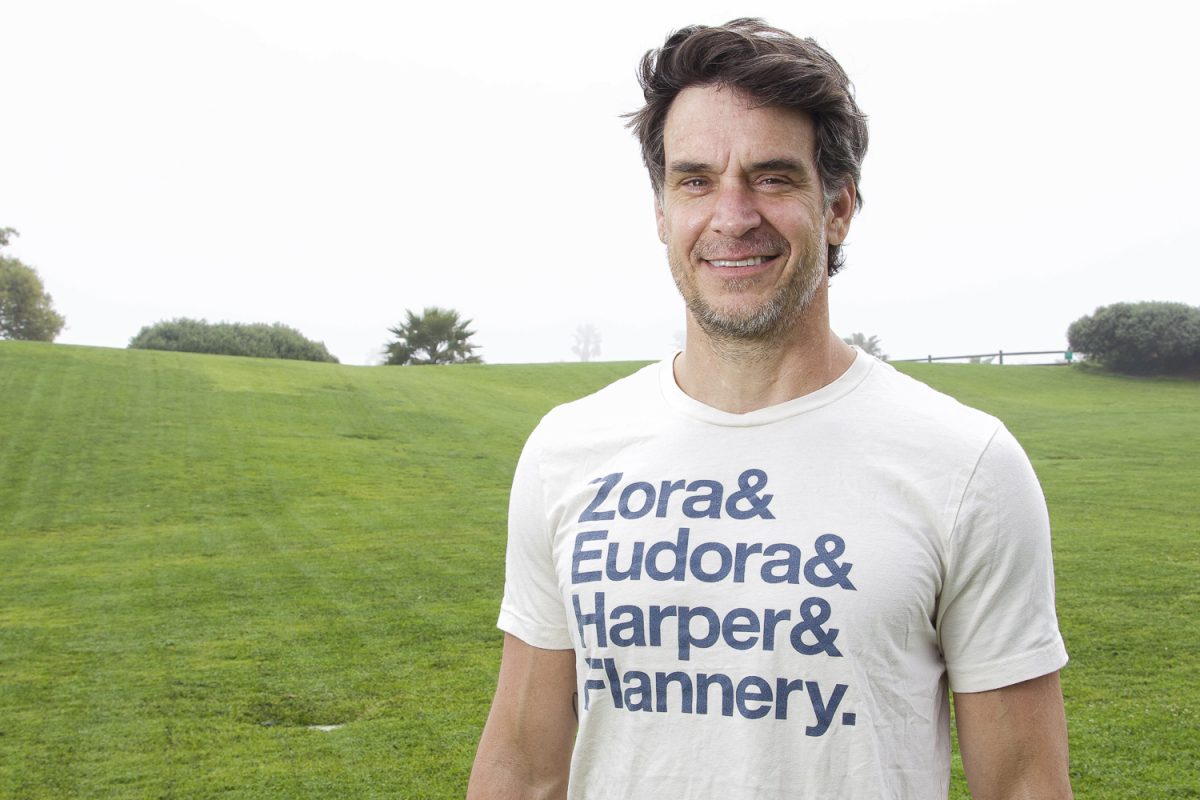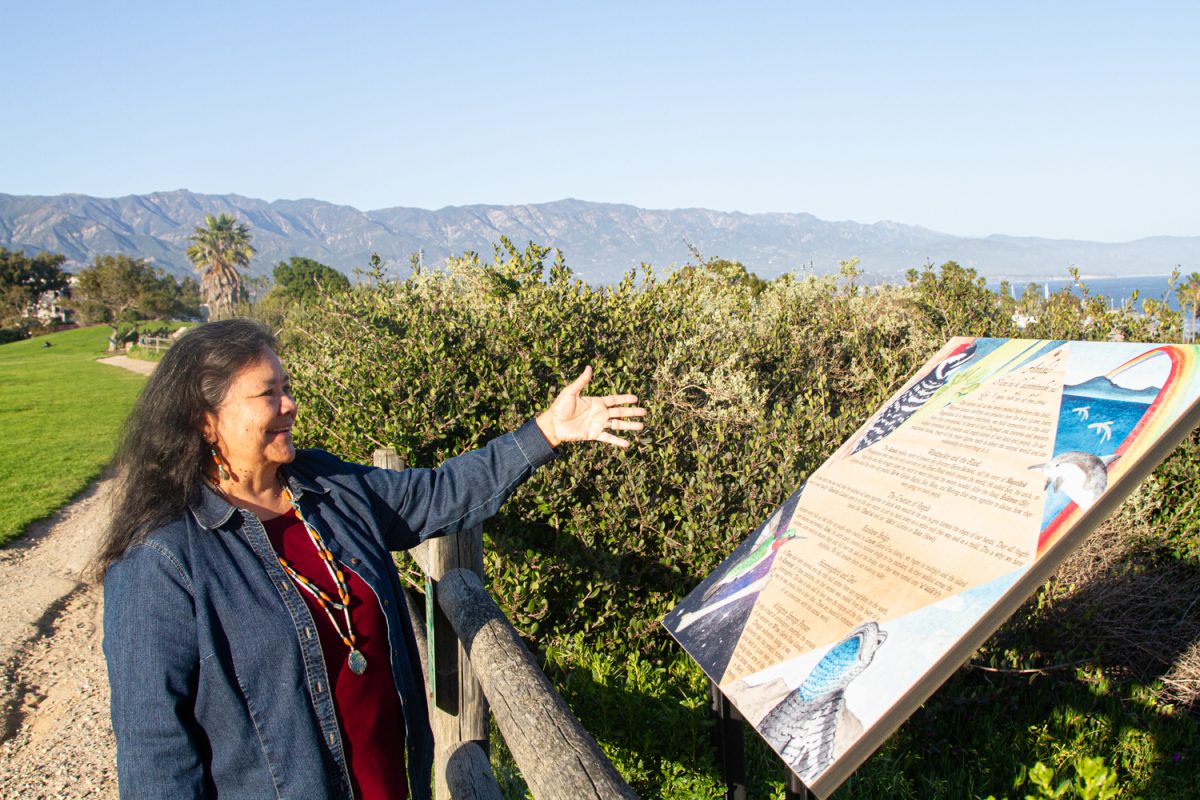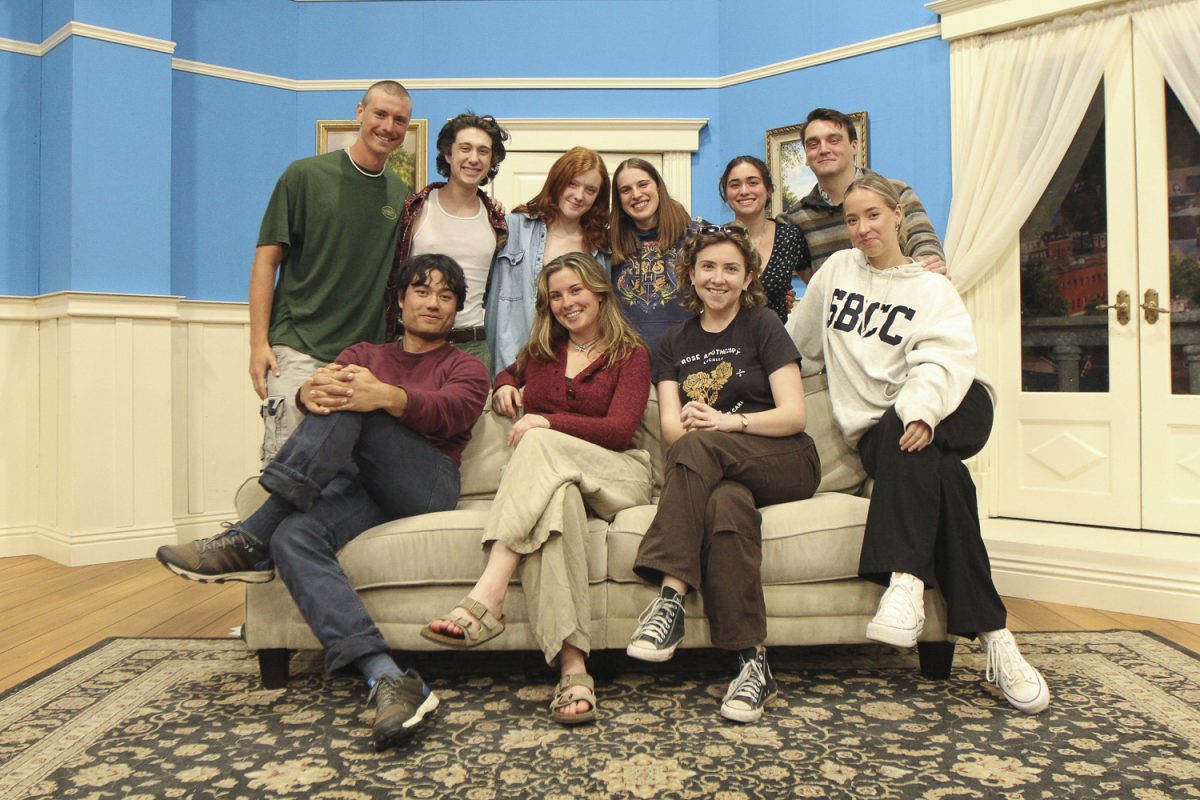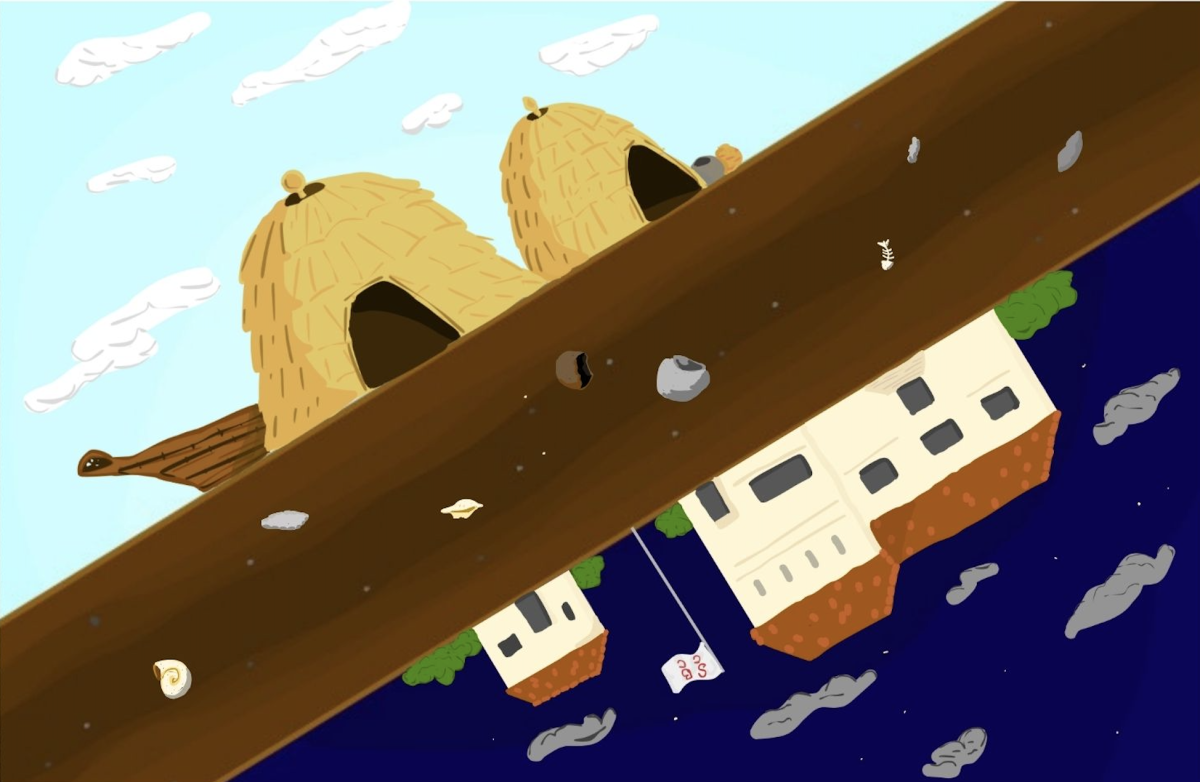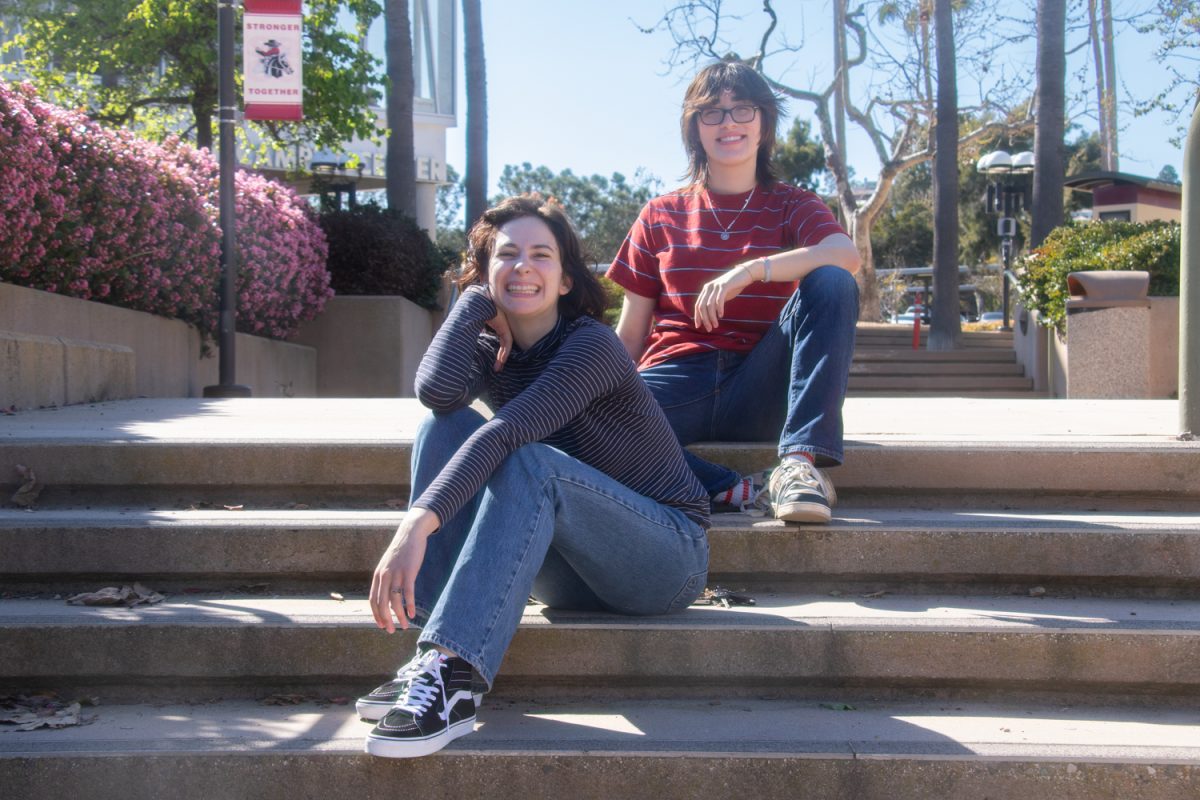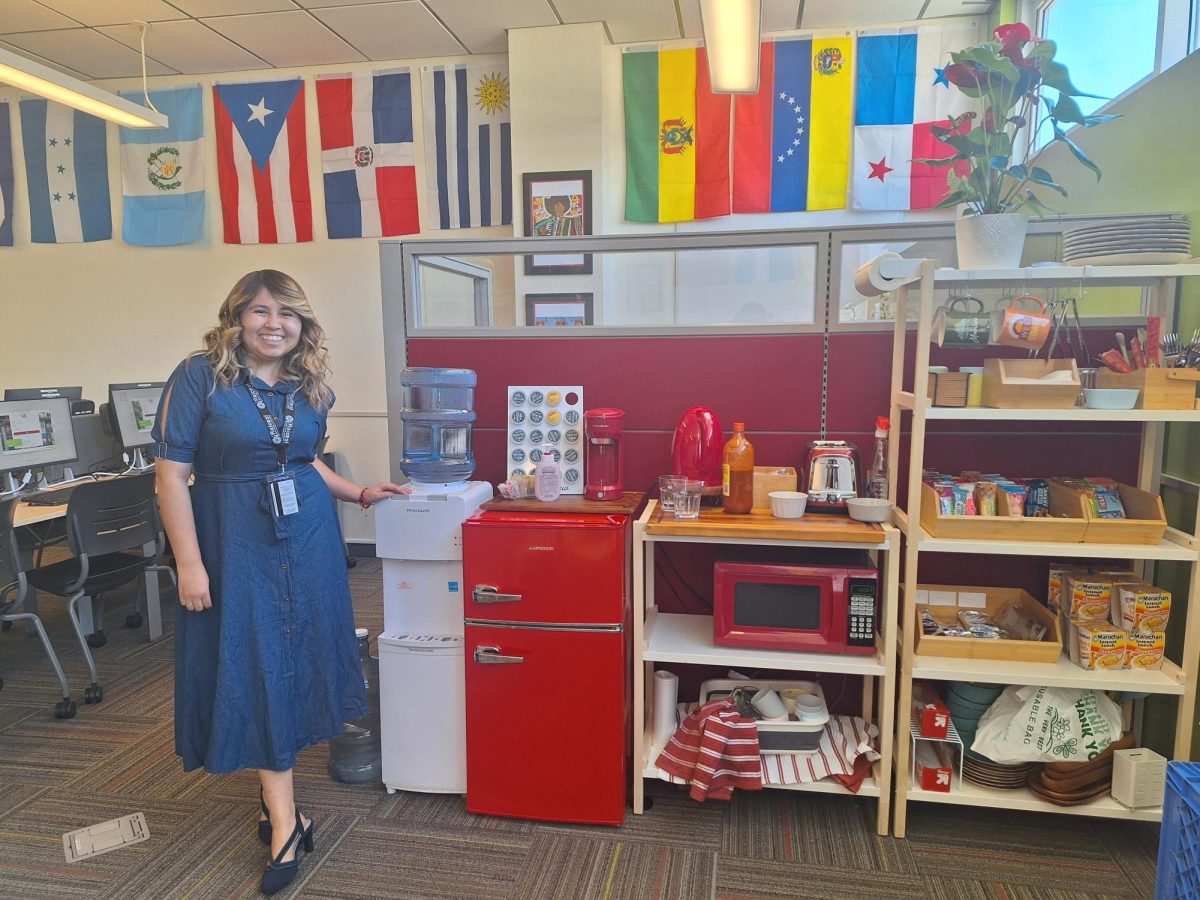Fly-fishing breeds long feathers for their bait. Now, the fashion world plucks the plumage from rooster’s rear, dangling the “grizzly” speckled and earth-tone-turned-neon feather hues from their hair.
The Barred Plymouth Rock bantam, a breed of rooster, is in demand.
Feather hair extensions, originating from a spiritual place of honoring nature and Native American ancestry, now stirs a feather-fever nationwide as a fad, weaving its way into the style and heads of all ages.
“I mean, it’s caught on all over the place. It’s huge now,” said Lisa Lipman, artist and designer of Statements Feather Hair Extensions of Santa Barbara. “I feathered I think close to forty girls in two hours and some of them had more than one extension in their hair,” she said.
However, the very sources of the feathers seem to be the institutions profiting most highly.
“The demand exceeds the supply,” said Thomas Whiting, owner of Whiting Farms of Delta, Colo. “People put in orders for thousands of pelts and we simply don’t have that. We can’t hurry the birds. The fashion world is much larger than the fly-tie world, even though we are the largest supplier,” he said.
The rooster feather extensions began in Boulder, Colo., Austin, Texas, and Santa Cruz, Calif., by artists Feather Luxe. The natural bling has since expanded over the West Coast and beyond.
Individually selected by color, length and look, artists strip the top of feathers and apply an adhesive to create a bundle. Next, they insert the five to seven feathers, which cost approximately $15, crimping at the root of the hair, about a quarter of an inch from the scalp.
The extensions can be washed, curled and flat-ironed and take minutes to put in, making this type of feather desirable for its durability, according to Lipman.
Some keep their natural form — snakeskin-like dots or neutral shades—and some are dyed vibrant colors at the farms, Lipman said.
“It’s replacing highlights,” Cosmetology Professor Griselda Rosas said. “…You have the possibility of changing [feather] colors instead of changing your natural color. So, it’s going to get big.”
Lipman agrees that the expressionistic hair statement is an attractive look for a broad range of people.
“Every demographic, I feel, I’ve touched their hair (including) a lot of professionals, surprisingly,” Lipman said. “My friend I’ve been feathering lately is a dermatologist. She loves the fact that they’re temporary and not abrasive to the body. They’re not like tattoos or piercings.”
Men are customers too. Lipman said she has “done them on a handful” of male, long-haired friends for the look and “feathered” college males with buzz cuts as “more of a joke.”
“I had them,” City College student Samantha Lipari said. “I took them out … because everybody had them and it was becoming overrated … because sometimes I didn’t want a splash of color, I just wanted normal hair again.”
According to Whiting, his farm first received calls a year and a half ago for the feathers, but it was “about 6 months ago that it really took off.”
“I think the trend is peaking,” Lipman said. “I’d like to hope it would stay. A lot of girls want thicker feathers. I’m seeing it go in that direction.”
Feather hair extensions have been popular not only among a growing number of City College students but for notable celebrities as well, including Jennifer Love Hewitt, Hilary Duff, and Steven Tyler; but some consider the look to be a temporary hype.
“I think it’s going to go away,” Chelsey Dellamaggiore, a Cosmetology student with feather extensions said. “Someone is going to look for something else—like tinsel.”


